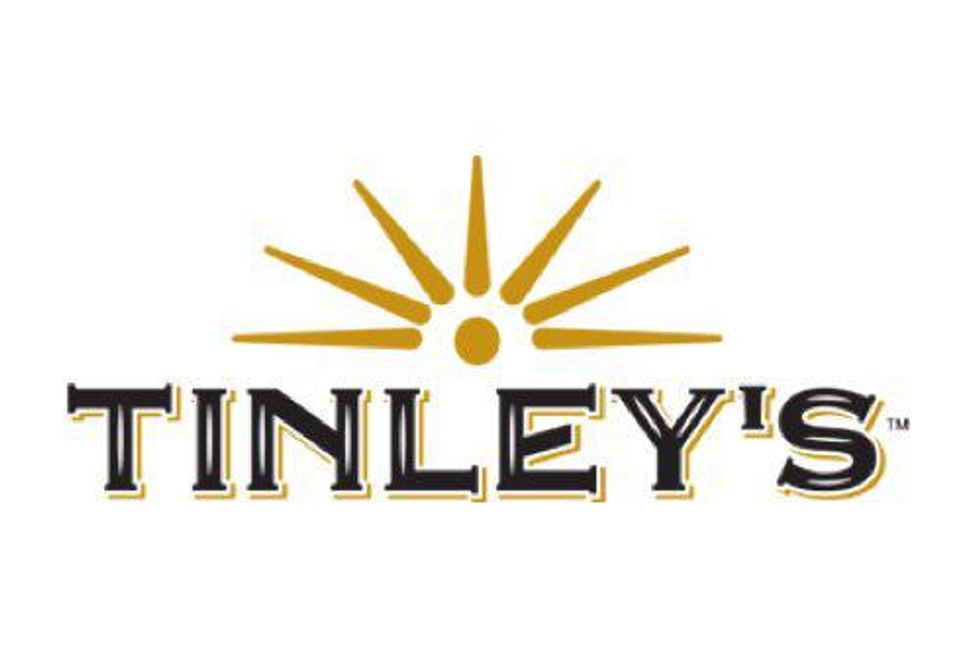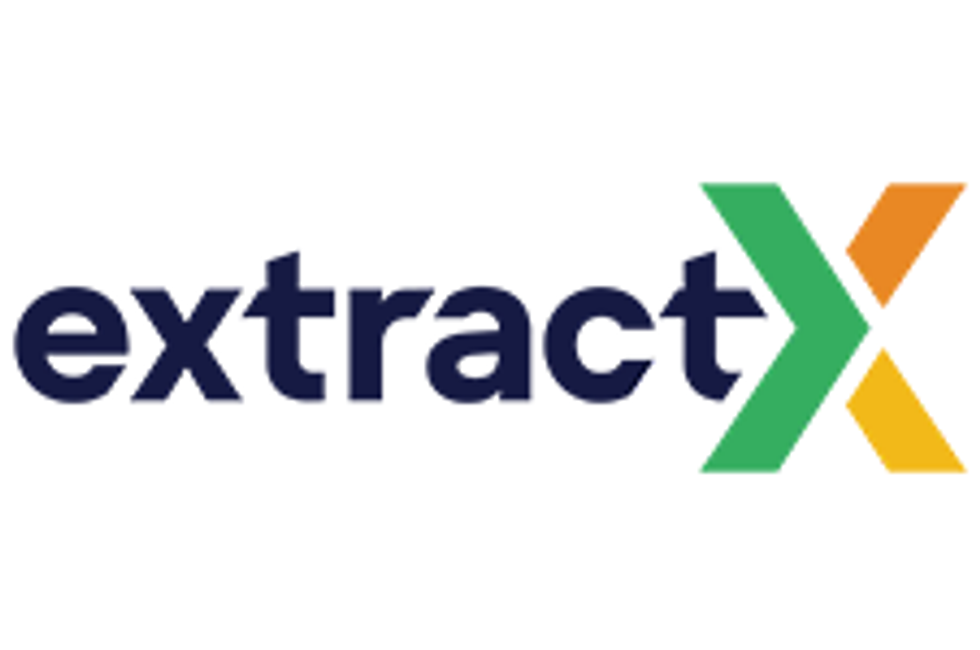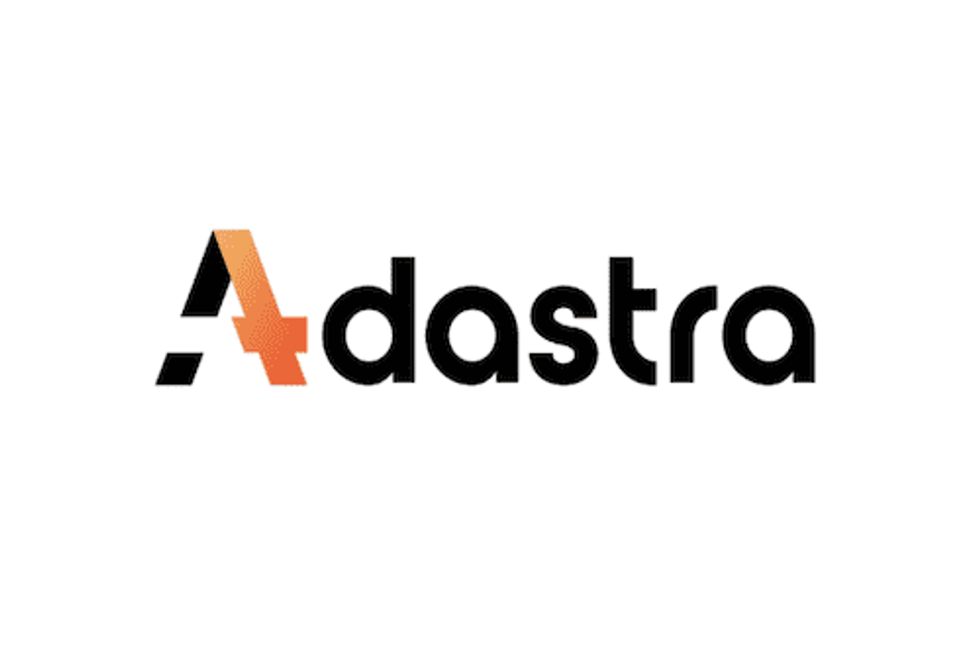VIDEO - Prad Sekar: A Public Listing is Next for CB2 Insights
Prad Sekar, CEO of CB2 Insights, explains the technology behind his company’s innovations and discusses plans to go public this year.
At this year’s Cantech Investment Conference in Toronto (January 29 to 30), tech companies from an array of sectors converged to showcase their latest innovations and to woo potential investors.
One recurrent theme from the technology investment showcase was the connection between tech and the cannabis industry. From vape technology that can reorder cartridges when the user is running low, to tracing the travels of marijuana strains, the cannabis industry was front and center.
The Investing News Network (INN) sat down with Prad Sekar, CEO of CB2 Insights, to discuss the future of the company’s cannabis management technology. Sekar has spent the last several months preparing the company to go public, increasing its brand awareness and reach.
Watch the interview above or read the transcript below to learn more about CB2 Insights’ plans to go public and what else the company has been working on.
INN: For investors who aren’t familiar with CB2 Insights, could you explain a little bit about your company?
Prad Sekar: Sure. We like to think of ourselves as building a data asset in the medical cannabis sector. Cannabis in our perspective has the potential to be mainstreamed into healthcare. But like anything else, if you want to play in the same sandbox as the healthcare technology platforms or medication platforms out there, you need to be taken under the same level of seriousness and have the same rigor apply to you.
Clinical trials in cannabis are still years away, and generally that’s the most — the highest-quality data that’s out there when it comes to educating the medical community and having cannabis accepted as a form of treatment. For many years, cannabis has always relied on anecdotal data, so effectively the way we see our business is filling that space one step beyond anecdotal data in a term [that] is more well known as real-world evidence. It’s effectively looking at alternative forms of traditional clinical trials in a more real-world setting. So in a clinical setting, for example, and looking at the data that comes out those interactions between the patients and their healthcare practitioners and their medications and their pharmacies, and using that data to basically backfill a lot of the data that currently could come out in a few years from now through more randomized clinical trials and traditional clinical studies.
Something relatively new, but has an entire framework built around it. So the US FDA actually released their frameworks for real-world evidence last year, and something that is starting to be taken more seriously as a way that data aggregation and the more big pharma space. So from our perspective looking at cannabis, we see cannabis eventually filling into that kind of a role and it’s important for us to make sure that the business we’re building is very much focused on that data asset.
Just as a side note as well, the reason we started this thing was because our previous work in the primary care space has had us work with a lot of physicians and primary care doctors. And current stats would show that less than 20 percent of doctors write a prescription for cannabis today in a market as mature as Canada even though we’ve had federal legalization come into play. And even among that number of 20 percent, I’d say less than 5 percent of that number writes an active prescription, which you could probably say is more than one patient. And so you’ve effectively got 5 percent of doctors writing 80 percent of the prescriptions in the country when there’s an opportunity to truly educate, empower and create a much wider net of access for patients in the space.
INN: In your latest announcement you talk about the correlation between cannabis use and depression and anxiety. Could you explain a little bit about that?
PS: Yeah. So again — the value of what we’re trying to build is real-world evidence, so part of our business model is to entrust in the date we collect as we own and we operate our own medical centers that specialize in cannabinoid therapy. So the US is where we’re predominantly focused, we have 28 clinics across 12 states, we see about 65,000 patients a year. So hypothetically we could always have a certain target hypothesis we’re looking to do a test or a study on, but generally we’re looking at more observational data, we’re looking at seeing general trends that we’re identifying through various patient encounters, interactions.
And there was an interesting report that came out of an insight because if we look at the way the states are setting up their cannabis protocols and what conditions they’re allowing for acceptance into the medical cannabis program. And the majority of states don’t include mood disorders as part of their acceptance criteria. Now there’s data that suggests that perhaps cannabis has an impact on patients with mood disorders, but again I think it’s an opportunity for education and for delving deeper into the research.
And what we identified is while chronic pain continues to be the number one forefront for the use of cannabis, mood disorders is actually from our data sets that we’ve identified, the more sought-out ailment by patients when they come in into any of our educational centers. And so that’s part of where we intend and to try to fill the industry and are trying to identify some of those deep-rooted analyses that typically can’t be uncovered unless you’re looking at those interactions between patients and healthcare practitioners. But the kind of data that can really help set better regulations, better acceptance protocols, better guidelines and better outcomes effectively.
INN: Do you have plans to open up any new shops in Canada?
PS: So we are a Canadian company, we are located here in Toronto so it would be — it is something that we initially had were clinical sites in Canada; however, from a business model perspective and more so from a operational model perspective, the US is just a much larger market. It represents the largest mature medical cannabis market today, and the opportunity for growth is significantly large.
We also owe it to our shareholders to build a business model that can sustain itself while we continue to build the value of data, and we definitely get that in a much greater way in the US than we do here in Canada. But we are leveraging third-party relationships with groups in Canada to be able to start to look at how we can adopt some of those same protocols here without necessarily having our own brick and mortars here.
INN: That’s exciting.
PS: Yeah, but we never say never, right?
INN: Now, this is a lot of new technology that’s really exciting, and you sort of named it really cutely as well. So could you explain a little bit about TokeIn to us?
PS: Sure. I’d like to take the credit for TokeIn, but it wasn’t something that we named. TokeIn came by way of acquisition. So part of what makes us unique beyond the fact that we have the ability to access a network of data today that isn’t readily available outside is a technology that goes behind the data collection. So from an electronic medical record perspective, the weakness in most electronic medical record is that they are not able to collect data in a way that can be reported. They’re typically free text data, they’re unstructured data vs. what we built inherently for our own platform, everything is based on structured data collections.
So you can collect better data at the point of care. However, one of the areas where we didn’t have a lot of insight to in the patient journey was once the patient left our clinics is understanding where that patient went, what they bought, how they used it — let’s call it patient-reported outcome data. And so we acquired TokeIn in the summer of last year as a way for us to increase our technology offerings so that we could leverage what TokeIn had as a customer or loyalty rewards platform as a way to engage with point of sale as a way to integrate with dispensaries, to understand where patients are going, what they’re buying so that they could report better on the efficacy of that product, better educate the doctor, better educate the patient and more importantly close the loop on what we call the patient journey.
INN: That’s very fascinating. Why should investors look to CB2 Insights as a potential addition to their portfolio?
PS: So we definitely fall outside the realm of a traditional cannabis industry company. I mean, we are sort of on the intersection between healthcare data and cannabis. I’d say there’s a lot of validity in the data sets we’re creating — may not necessarily be relevant to the cannabis industry today, but as we start to see much larger complementary players like alcohol and tobacco moving into the space it’s just a matter of time before you start to see Big Pharma moving in in a big way. And what we’re doing in the space of real-world evidence isn’t new, in fact it’s been going on for many years, and it’s been spoken about at much higher levels by the FDA and Big Pharma.
I think what investors can see with CB2 Insights is that they’re essentially investing into a company today that’s going to be able to drive immediate returns because we are a business that is generating revenue. Last year we closed on $11 million of revenue, we’re forecasting $21 million in revenue. So we have a business model that’s proven and is executable. We’re also profitable company, which means that investors can feel comfortable that the business has the ability to fall back on cashflow to operate. And the blue sky potential here is — let’s call it the value of data, which today hasn’t really been discussed or valued, but we all know is there. And as that data, as it continues to evolve and as the mature — industry matures, that’s really the blue sky opportunity for an investor. And in the meantime they will continue to see returns as we — as the business continues to just execute on what we have already executed for the last few years, and have growth opportunities that are clearly something that we’ve proven.
INN: So what’s next on the agenda for CB2?
PS: What’s next is imminently a go-public listing. So we are a private company, we’ve been working over the last several months to do an RTO, but we are doing it by way of prospectus. So we’ve had a preliminary prospectus filed with the BC Securities Commission, the LOI’s been signed, the definitive agreement has been signed. We’re expecting a clearance any day now for the final prospectus. We anticipate a listing in and around February 14. So what’s next for us is a public debut and the opportunity for us to really take advantage of a public market currency to be able to really explode the growth we have in the US right now, capture more market share, leverage more revenue and profitability to keep investing in better data asset aggregation methodologies and eventually start to monetize on that data into the industry.
INN: And down the road?
PS: And down the road — I mean, this is going to be a journey that will take a little while to get there form a perspective of data. There’s no easy way to build data in the space, and I always say it’s taken us four years to build an infrastructure that you can’t fast track. I think continuously we see new stakeholders constantly asking for information that we’re collecting, and so I think the scope of our business continues to still evolve and get bigger and bigger. I think it’s going to really be about focus, making sure that we’re driving investor returns, but at the same time keeping the doors open to opportunities that will help the business grow significantly.
Don’t forget to follow us @INN_Resource for real-time updates!
Securities Disclosure: I, Georgia Williams, hold no direct investment interest in any company mentioned in this article.
Editorial Disclosure: CB2 Insights is a client of the Investing News Network. This article is not paid-for content.
The Investing News Network does not guarantee the accuracy or thoroughness of the information reported in contributed article. The opinions expressed in these interviews do not reflect the opinions of the Investing News Network and do not constitute investment advice. All readers are encouraged to perform their own due diligence.






